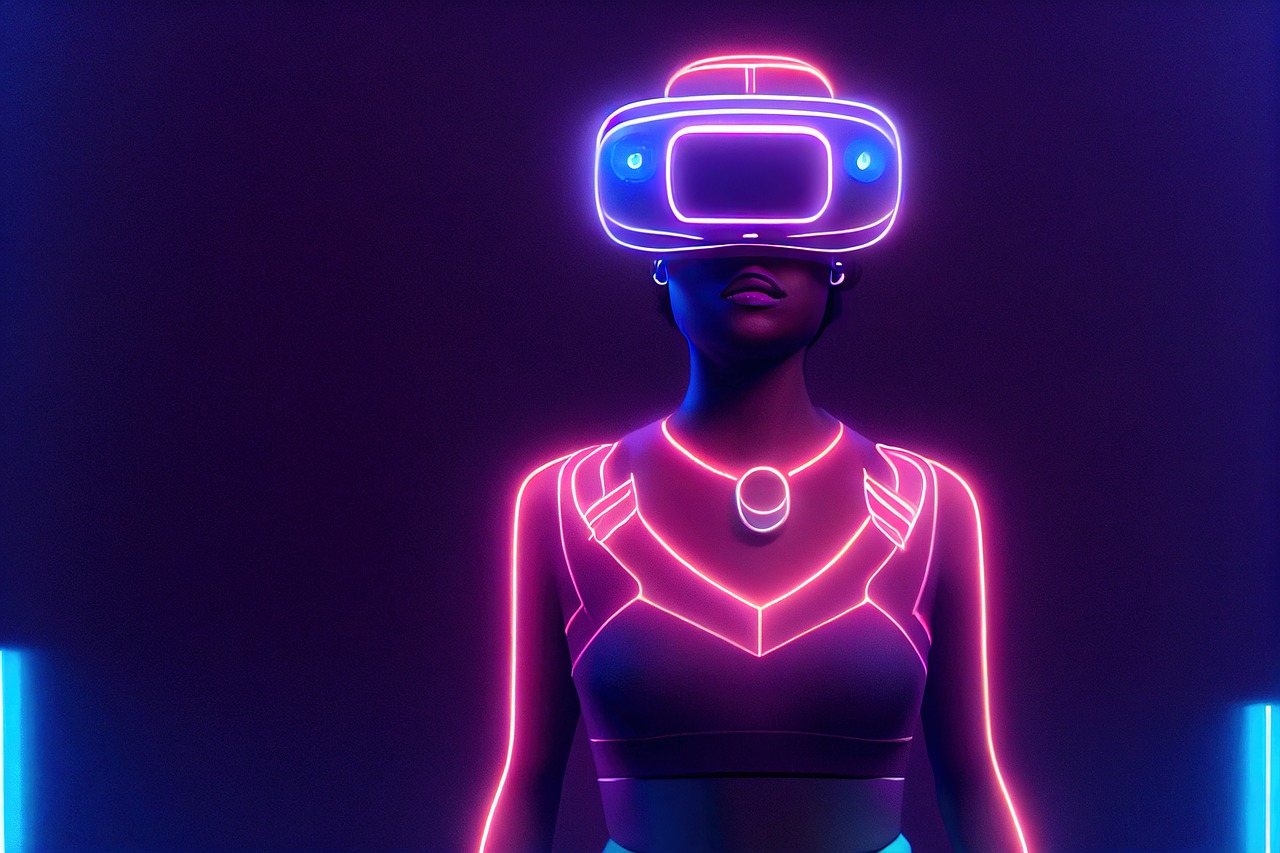As I nestled myself into the cradle of my living room couch, slipping a sleek headset over my eyes, the room I had known so intimately was replaced by an expansive starlit landscape. I found myself on the cusp of the Grand Canyon, the horizon illuminated with constellations, while the cool virtual wind whistled past my ears. It was the most exhilarating hike I’d ever taken – without leaving my home. It was in this moment, teetering between reality and a masterfully crafted illusion, that I fully understood the mesmerizing charm of Virtual Reality.
A Juxtaposition of Past and Present
Long before I embarked on my galactic hike, the origins of Virtual Reality had taken root in the soil of our human imagination. Early 20th-century science fiction like Stanley G. Weinbaum’s “Pygmalion’s Spectacles” toyed with the concept, and it was only in the late 1960s that the first head-mounted display – a bulky, mechanical predecessor of my sleek headset – was born in the labs of Ivan Sutherland and his student, Bob Sproull.
Yet, the raw promise of VR remained largely dormant for decades, only sparking into a steady flame with the advent of modern computing and digital graphics. Today, as I find myself steeping tea in a simulated Japanese tea ceremony or free-falling through the clouds in an adrenaline-fueled skydiving experience, I can’t help but marvel at how far we’ve come.
From Gamers’ Den to Everyday Tech
Although VR initially seemed to wear the crown in the gaming realm, where it championed adventures in fantastical realms and heart-stopping combats, it didn’t take long for its influence to spill over into everyday life.
Sure, it’s thrilling to swing a virtual sword, cutting down enemy lines in a fantastical world of dragons and magic. But there’s a different sort of thrill when you step into the shoes of a renowned chef, deftly slicing, dicing, and sautéing your way through a culinary masterpiece you’d never dream of attempting in your real kitchen.
And then there’s the arena of social connection. Remember when Friday nights meant movie nights, cozying up on the couch with your friends from all corners of the city? The pandemic may have stolen that ritual from us, but VR has a knack for reinventing rituals. From hosting virtual watch parties to conducting meetings in 3D boardrooms, VR is blurring the lines between physical and digital spaces, fostering a sense of connection despite geographical constraints.
The Power and the Promise
Yet, the true potential of VR extends beyond games and socializing. This technology offers a revolutionizing approach to education, healthcare, and various professional sectors.
Imagine biology students exploring the inner workings of a cell, navigating through ribosomes and mitochondria as they would through a jungle, or history students walking through the streets of ancient Rome, experiencing the culture first-hand. Suddenly, abstract concepts become tangible, and learning transforms into an immersive journey.
In healthcare, we’re witnessing VR-assisted therapies to treat PTSD and anxiety disorders, providing safe and controlled environments for patients to confront their fears. Surgeons are utilizing VR simulations for practice before performing complex procedures, reducing risks and improving outcomes.
This grandeur of VR is far from a plateau. As advancements in haptic feedback and other sensory input methods progress, the line between the physical and virtual world will continue to blur, shaping the landscape of our lives in ways we’re just beginning to understand.
The Dance with the Uncanny
Despite its allure, VR isn’t without its share of paradoxes. There’s something uncanny about the duality of its existence, the dance between the real and the virtual. As I stand on the precipice of the virtual Grand Canyon, I feel the thrill, but not the fear of the steep drop. I miss the feel of the gravel under my feet, the rustle of leaves, the scent of the night air.
VR is a spectacle of the senses, yet it leaves room for longing. Longing for the incomplete, the imperfect – the raw, tactile experiences that weave the fabric of human life.
En Route to the Virtual Tomorrow
So here we are, at the crossroads of reality and illusion, with a headset as our compass. A journey once sparked by the raw imagination of sci-fi writers and ambitious engineers now plays out in the comfort of our living rooms.
Is it perfect? Far from it. The road to VR is still paved with challenges, from motion sickness to the high cost of equipment. But is it a journey worth embarking on? Absolutely. For all its imperfections, VR offers a glimpse into the possibilities that lie on the horizon, the potential to reshape how we learn, work, play, and connect.
As I take off the headset, blinking against the familiar glow of my living room, I can’t help but look forward to the day when the grandeur of the Grand Canyon – or a trip to the moon, for that matter – is just a headset away. Until then, I’ll keep chasing these pixelated dreams, one virtual adventure at a time.
